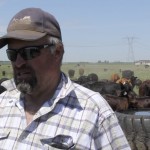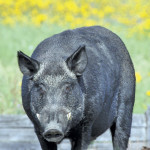
 News & Opinion
News & Opinion

PHOTOS: Ag in Motion is underway!

Outright repeal of COOL defies consumer sentiment
It was how the meat-packing industry applied the law that caused the negative effects on imports

Manitoba Crop Report and Crop Weather report: Issue 12
Conditions as of July 20, 2015

Editorial: Increasing your farming options

VIDEO: New voluntary program to protect Manitoba Escarpment
Participating landowners can still pasture livestock, produce hay, cut firewood and hunt, but they can’t burn, break or drain the land

Condition of rural roads a major concern at KAP meeting
KAP members say rural road conditions are unacceptable and look to lobby for improvements

Manitoba crop insect and disease update
Conditions as of July 14, 2015

On the lookout for soybean cyst nematodes
But make no mistake, this new destructive pest is coming and farmers can learn more about it July 22 at the SMART Soybean Day in Carman

MASC explains why sometimes it defers hail claims
Assessing loss is easier when the crop is still young or has set seed and harder in between those two stages

Tracking the elusive but destructive wild boar
The highly reclusive wild boar may be responsible for much more crop damage than previously thought


 News & Opinion
News & Opinion